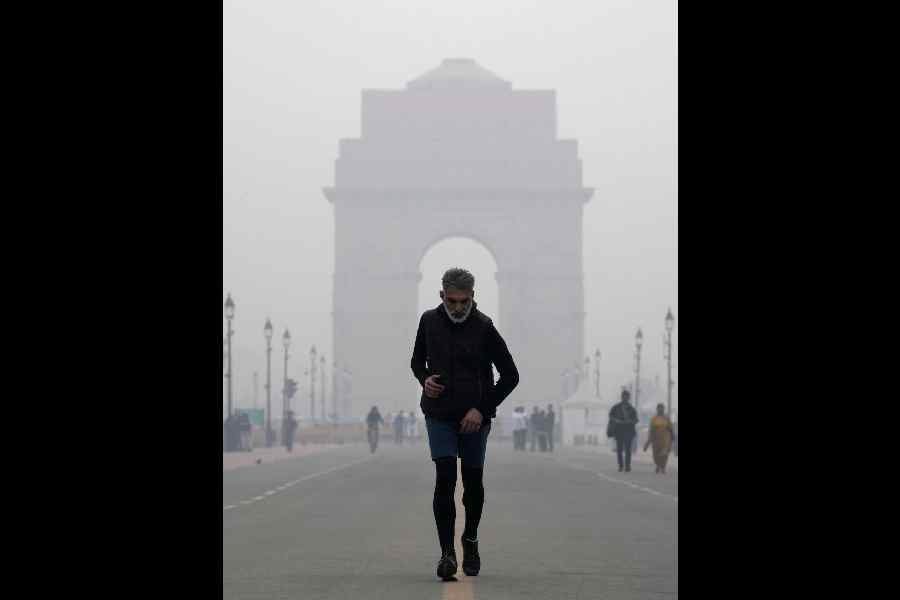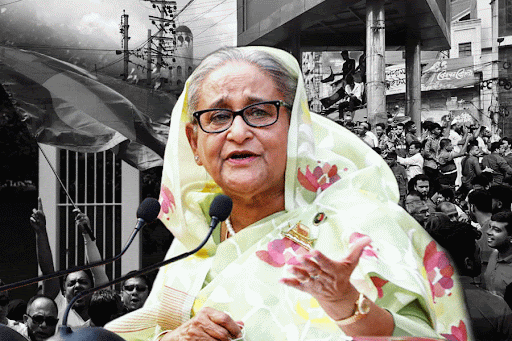That air pollution is a giant killer has been well-established by science. Now yet another study has brought to light the heavy toll that polluted air takes. According to the State of Global Air 2024 report, published by the Health Effects Institute, ailments linked to air pollution resulted in 8.1 million deaths globally in 2021. The report, which was a joint effort by HEI and UNICEF, also revealed that children below five are particularly vulnerable — more than seven lakh deaths in this age bracket were caused by air pollution; 15% of the global casualties were children under five. Children are not only more susceptible than adults — they breathe more rapidly and absorb more pollutants — but breathing toxic air is also detrimental to children’s development, impairing their learning process and leading to fatigue and, consequently, school absenteeism as well as attention deficiency. The perils to public health are enormous. The SoGA report, which calculated the health impact of exposure to nitrogen dioxide for the first time, found that this common pollutant is responsible for most asthma incidences in children. This is in conjunction with global statistics on diseases that provide compelling evidence of the damage air pollution wreaks. Drawing data from the Global Burden of Diseases study conducted by Lancet, the SoGA report showed that air pollutants increase the chance of heart and lung diseases, such as stroke, cancer and chronic pulmonary infections. Significantly, this burden remains uneven with low- and middle-income countries disproportionately exposed to higher levels of PM2.5; South Asia and Africa are the worst off. India’s burden of air pollution, unsurprisingly, remains concerning. Along with China, it shared more than half of the global fatalities in 2021. The SoGA report also lists India among the countries that have experienced a 10% increase in ambient ozone exposures in the last 10 years.
All this goes to show that policies aimed at curbing air pollution need to be implemented on a war footing and also revised to plug existing gaps. For instance, the focus of the National Clean Air Programme remains largely skewed in favour of cities. The shift towards clean energy is welcome; but this will not amount to much without attendant interventions in the realms of urbanisation, food processing, transportation and infrastructure planning. There is also an urgent case to rearm forest legislations that have been diluted. The public and the policy discourses on pollution — crop burning often hogs the limelight — need to be recalibrated to address the challenge.











